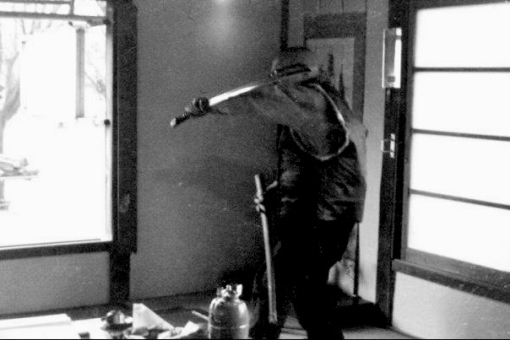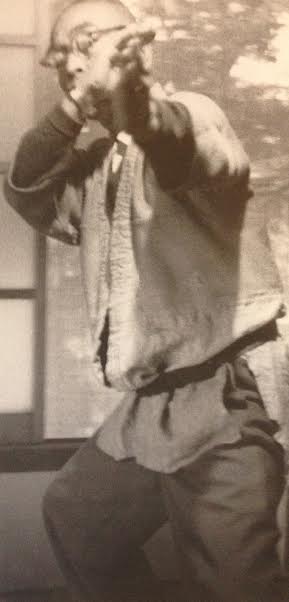
The term ‘battô-jutsu’ (抜刀術), or ‘nukutô no jutsu’, literally translated as ‘the art to extract the blade’, indicates the practice which consists of drawing the sword and to cross, avoid, or strike, all within in a single movement, without the enemy being able to see or feel one’s initial intention. Relations between the various traditions of battô-jutsu and the first three sword traditions of Japan (Nen-ryû, Kage-ryû, & Kashima-ryû), postulate that this art existed already within these three founding sword schools. Many chronicles describe such sword luminaries as Bizen No kami, Bokuden, Hidetsuna, & Muneyoshi, as well as their disciples, as excelling in the art of iaijutsu. However, the techniques were a collection of various and often vague principles for using the body that led to a freedom of interpretation. The first tradition which did specialize and codify this art into a precise methodology was founded by Hayashizaki Jinsuke (1542 -?) at the beginning of the Edo period. Hayashizaki transmitted his method to only three disciples. One would go on to become his successor and the other two would eventually found their own traditions. During second half of the Edo period, the schools resulting from Hayashizaki-ryû used the term of ‘iai’ (居合), rather than the term of ‘battô-jutsu’. There exists a score of terms which all are read as ‘Iai’, but are translated broadly as the action of ‘engaging and fighting an approaching enemy’. ‘Iai’ means ‘to link’ and ‘to be’, which can therefore be translated as ‘linking the intention and the movement in a moment when the technique must be carried out’. The large majority of the techniques of iai-jutsu, found in traditions born during the second half of the Edo period, were practiced starting from sitting positions, where the movements were extremely restricted.
✧ DR. KACEM ZOUGHARI
#KacemZoughari #ninja #ninjutsu #onmitsukage #shinobiwinds #Bujinkan

